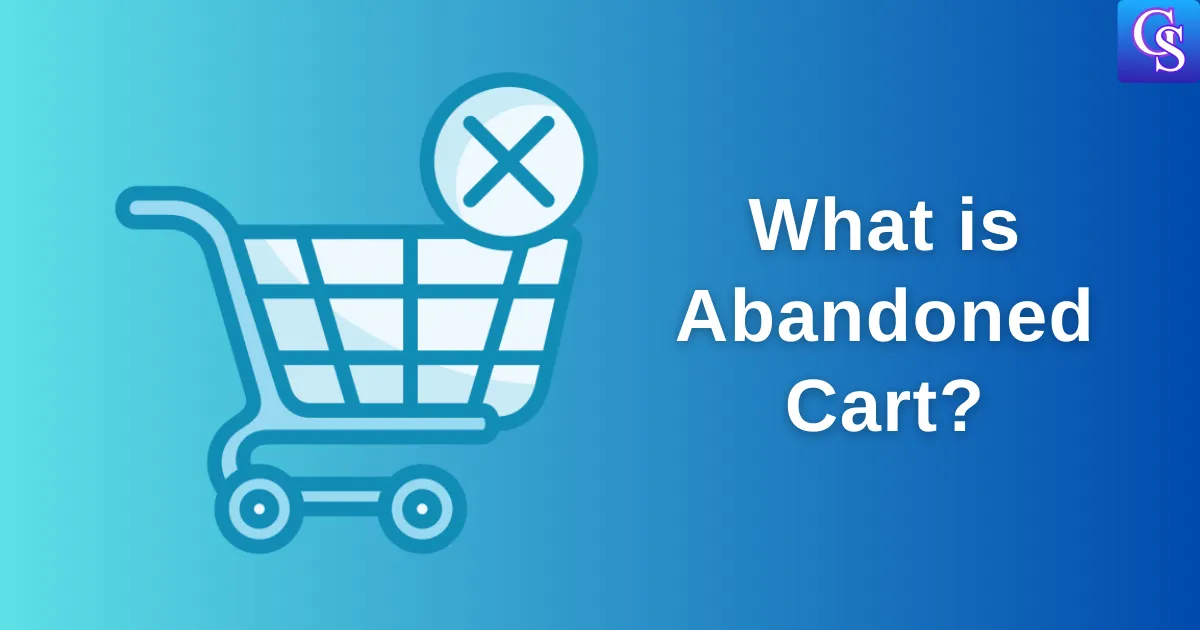You’ve probably received an abandoned cart email before. You add some items to your online shopping cart, but then you get distracted and leave the site without completing your purchase. This is a common occurrence in online shopping, contributing to the Cart Abandonment Rate, which measures how often customers leave items in their cart without buying them. A few hours later, you receive an email from the store reminding you about the items in your cart and encouraging you to return and finish checking out.
But are these emails transactional? And what does that even mean?
In this blog post, we’ll answer those questions and more. We’ll cover the following:
- Are abandoned cart emails transactional?
- What are abandoned cart emails?
- What are transactional emails?
- The CAN-SPAM Act and Abandoned Cart Emails
- What are the benefits of sending abandoned cart emails?
- How to create effective abandoned cart emails
Let’s Dive In.
Table of Contents
ToggleAre Abandoned Cart Emails Transactional?
To determine whether abandoned cart emails are transactional, we need to understand the criteria that define a transactional email.
Transactional emails typically have the following characteristics:
- They are triggered by a specific user action.
- They contain information that is specific to that user.
- They are sent to individuals one at a time.
- They do not require explicit consent from the recipient.
- They do not require an unsubscribe link.
Abandoned cart emails meet some of these criteria. They are triggered by a specific user action (adding an item to their cart) and they contain information that is specific to that user (the items in their cart). However, they can also be used to encourage customers to return to a website and make a purchase, which is a marketing purpose.
Ultimately, whether an abandoned cart email is considered transactional depends on its content and intent.
If the email’s primary purpose is to provide information about the abandoned cart, such as a reminder of the items in the cart or a link to return to the checkout page, then it can be considered transactional. However, if the email also includes promotional content, such as discounts or coupons, then it is more likely to be considered a marketing email.
What are Transactional Emails?
Transactional emails are one-on-one communications triggered by a specific user action, such as making a purchase or resetting a password. They contain information that is specific to that user and are typically sent to individuals one at a time. For example, if you buy something online, you’ll usually receive a transactional email confirming your order.
Transactional emails are different from marketing emails, which are sent to a group of contacts with a commercial purpose, such as newsletters or promotional campaigns. Marketing emails are meant to inspire readers to take another step with the brand.
The CAN-SPAM Act and Abandoned Cart Emails
The CAN-SPAM Act is a U.S. law that sets rules for commercial email. One of the requirements of the CAN-SPAM Act is that commercial emails must include a valid physical postal address and a clear way to opt out of receiving future emails.
However, transactional emails are exempt from most provisions of the CAN-SPAM Act, including the requirement to include a physical postal address. This means that abandoned cart emails, if they are considered transactional, do not have to include a physical postal address.
It’s important to note that even if your abandoned cart emails are considered transactional, you should still comply with the CAN-SPAM Act’s requirement to provide a clear way for recipients to opt out of receiving future emails.
GDPR Compliance and Abandoned Cart Emails
The General Data Protection Regulation (GDPR) is a European Union law that protects the privacy and personal data of individuals within the EU. If your business collects data from individuals in the EU, you need to comply with the GDPR, even if your business is based in the United States.
The GDPR has implications for abandoned cart emails because these emails often include personal data, such as the customer’s name and email address. To comply with the GDPR, you need to have a lawful basis for processing this data.
One lawful basis for sending abandoned cart emails is “legitimate interest.” This means that you can send these emails if you have a legitimate interest in doing so, and if that interest does not override the individual’s right to privacy.
In the case of abandoned cart emails, your legitimate interest is likely to be recovering lost sales and providing customer service. However, you still need to be transparent with customers about how you are using their data and provide them with the option to opt out of receiving these emails.
Conclusion
Abandoned cart emails can be a powerful tool for online retailers and businesses in other industries. They can help you recover lost sales, increase revenue, improve the customer experience, and build relationships with your customers.
While abandoned cart emails can be considered transactional in some cases, it’s important to consider their content and intent. If the email includes promotional content, it may be considered a marketing email and subject to the rules of the CAN-SPAM Act.
Regardless of whether your abandoned cart emails are considered transactional or marketing, it’s essential to comply with all relevant laws, including the CAN-SPAM Act and the GDPR. This includes providing a clear way for recipients to opt out of receiving future emails and having a lawful basis for processing their personal data.
By following the best practices outlined in this article, you can create effective abandoned cart emails that will help you achieve your business goals while respecting your customers’ privacy.
Remember to analyze your Average Abandonment Cart Rate by Industry to benchmark your performance and identify areas for improvement. For example, if you operate in the fashion industry and see an abandonment rate significantly higher than the average of 76%, it might be time to re-evaluate your checkout process or email strategy.




